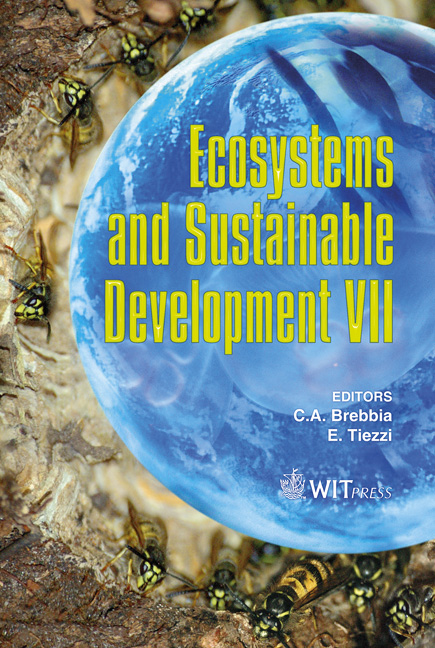On The Sustainable Management Of The Gulf Of California
Price
Free (open access)
Transaction
Volume
122
Pages
12
Page Range
317 - 328
Published
2009
Size
742 kb
Paper DOI
10.2495/ECO090301
Copyright
WIT Press
Author(s)
O. Arizpe & P. Muñoz
Abstract
The Gulf of California is known worldwide for its high and exclusive biological diversity, both terrestrial and marine, framed in a region of great scenic beauty. This beauty is shaped by coastal plains, cliffs, bays and lagoons, islands and islets, and its narrow but deep sea. During the twentieth century, this area was affected by increased human activity along the coastal strip, development and growth of industrial and artisanal fishing, agroindustrial development along the coastal plains and deltas of the main rivers, and urban and tourism growth. All of these factors endanger or threaten part of this great biological richness. Although during the 1995-2000 administration, the Mexican Environmental Program incorporated the Gulf of California as a priority area of marine resources and coastal ecosystems, according to an analysis in the recent National Development Plan, for a long time developmental strategies and policies in Mexico underestimated important aspects. Since 1997, the Mexican Environmental Ministry has promoted the execution of several environmental planning instruments in the gulf region. On 2001 and 2008, the Environmental Program emphasized that the ecological ordinance, in its modality or scale, must be the basis of sustainable development, determining the density and intensity of activities and ways of land use, as well as the areas to be preserved and restored. As part of these efforts, the first Marine Ecological Ordinance was developed in Mexico (2007), in the Gulf of California region. The main purpose of this planning process is to propose a holistic strategy for the region in a 1: 250 000 scale, and local models for territorial ecological ordinances that would regulate and encourage land use and productive activities in the areas of interest. These models would be under a productive-diversification outline with specific guidelines for the management of natural resources. Their perspective would be one of compatibility between the use, conservation, and protection of natural resources and an increase in the local population quality of life to achieve a sustainable use of the territory natural resources in this complex and important area. Keywords: Gulf of California, planning and management, marine ecological ordinance, marine and coastal development, land use.
Keywords
Gulf of California, planning and management, marine ecological ordinance, marine and coastal development, land use





